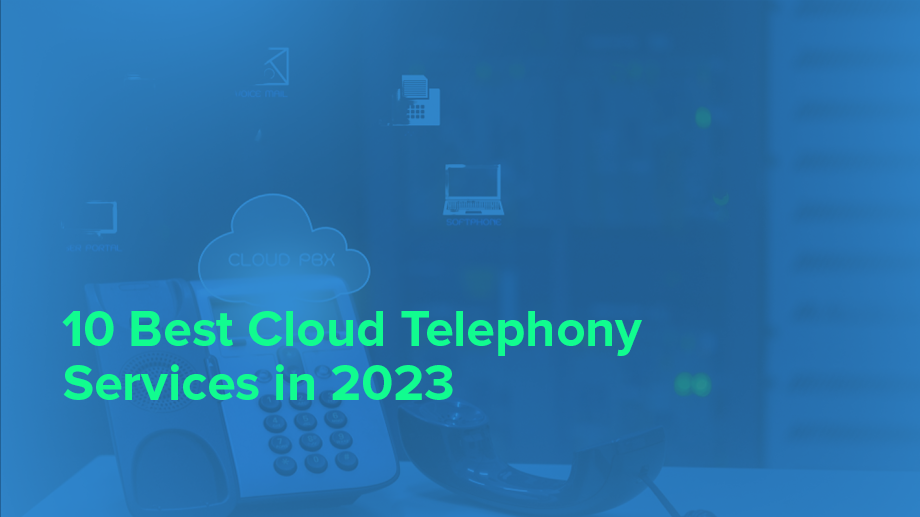- Resources
- 9 Strategies to integrate Social Media with your Customer Care
9 Strategies to integrate Social Media with your Customer Care

Learn how social media can help you deliver better support than ever before.
Social media platforms provide customers with more power and influence than ever. When they are happy with a brand, they take to their favorite platforms to express their delight. Likewise, a disgruntled customer will also take to social channels to express disappointment. And this has a wide-ranging impact:
Therefore, it makes sense for businesses to aim for stellar customer service over social media platforms too. In time, this could be the channel at the forefront of customer care.
But you probably already have a robust customer care strategy built around an all-star contact center team that follows established processes. In that scenario, are you concerned about how to integrate social into your customer care strategy? Here are some pointers:
- 45% of consumers share bad customer service experiences via social media.
- 88% of people trust online reviews written by other consumers as much as they trust recommendations from personal contacts.
Choose the Right Channels
Just because your competitors are making their mark on a social media channel, you don’t have to follow suit! You need to make the most of the channels on which your audience spends its time. For instance, if you serve the Gen-Z, then Instagram may be your channel. If you serve an older audience, then Facebook may be more appropriate.
Know Your Voice
When you have several executives managing your brand’s social profiles, there’s the chance of your brand’s voice becoming fragmented and the message getting diluted. Therefore, it is essential for all your social posts, ads, service responses, and comments to be consistent and in-sync with your brand’s values. This will allow you to create a uniform perception of your unique voice.
Set Guidelines
Set stringent guidelines that drive impeccable social customer support. Like the brand voice, each point in the guideline should align with the core values of your company. The guidelines can include points like response times for each channel, language and tone, escalation protocols and message approval and moderation procedures. Which basically means that all the processes you set in place for your contact center just need to be fine-tuned for social media.
A key challenge here is to set customer expectations. For eg., social media is 24*7 but your customer support need not be so. It’s perfectly ok to prominently let your customers know your hours of operation and define by which time you will address their query. Of course, it’s then critically important to do so as committed.
Use Chatbots to Address DM Queries
Direct messages are a prominent feature on most social media platforms. Many customers post their queries directly. And they expect a specific and timely response. According to a report, one-third of customers expect brands to respond in less than 30 minutes.
A modern way to handle the incoming messages and respond to them in real-time is to create a chatbot. The bot will help address and solve most of the queries on the spot without any sweat. This will help drive greater automation, reduce manual effort, create a good brand perception, and help improve customer satisfaction. In fact, 63 percent of millennials are comfortable with “nonhuman customer service interactions”.
But ensure human fallbacks
The chatbots strategy will have to be set up to allow human intervention whenever the need arises. If the conversation becomes more involved, use
tools that seamlessly transfer to a voice agent in the contact center.
Train the Staff
While chatbots and FAQ-driven self-service options can handle the usual questions and reduce the incoming call volume at the customer care center,
what happens when the call has to move to a human customer care executive? Clearly, they will have to be trained in the specifics of how to handle those escalations. This includes building awareness of the nuances of how each social media channel works.
Use the right technology
Staying on top of your brand or business’s social media queries and responding to them promptly can prove challenging because of the volume. This is where you can take help of various automation tools. For instance, to keep a track of your “mentions” on social media channels, you can use social media monitoring and social listening tools. You can look to Google Alerts, Mention and Social Mention. These tools will help you stay updated with conversations about your brand, even if the customer/user forgets to tag you or misspells your brand name. Using appropriate tools, you can respond to the mentions speedily as well.
Create Apt HandlesWhen you are a large organization, you need to come up with an apt social media handle specifically to address customer queries. The big names like as Apple already do this. This specific social media handle can be handled by a dedicated social media team. For smaller businesses, it may not make sense to create a separate handle and it may be fine to handle incoming queries from the brand’s social profile(s).
Analyze the ComplaintsUnderstanding the reasons behind customer unhappiness is among the mainstays of customer service. And this must happen on social as well. Do make it a point to analyze all the complaints and look for insights. For example, is a particular type of problem being reported on a specific social channel? Or is there a specific customer category who is most active with praise or complaints? These insights will help you define a more comprehensive social media customer engagement strategy that goes beyond just customer service.
Let Your Brand Join the Social Bandwagon
To sum up, integrating social in your customer service will help you educate your customers, engage with them, offer them personalized solutions, give them 24*7 access to a self-service help center and creating brand awareness. Social media is evolving and so are your customers. That’s reason enough for your customer communication strategy to evolve too. And social media should play a key role in driving that evolution.







